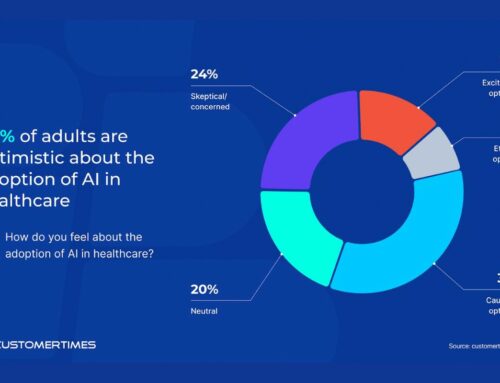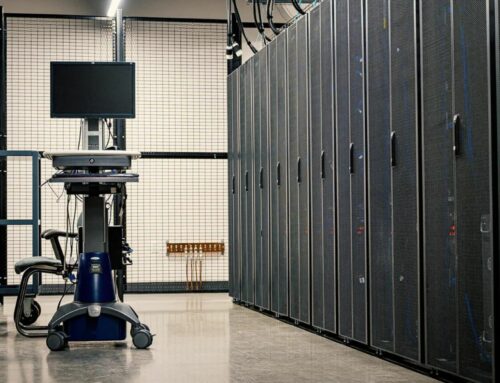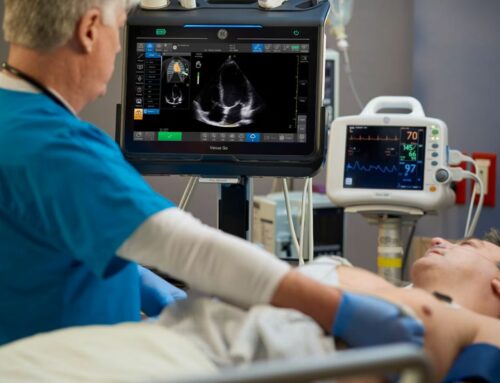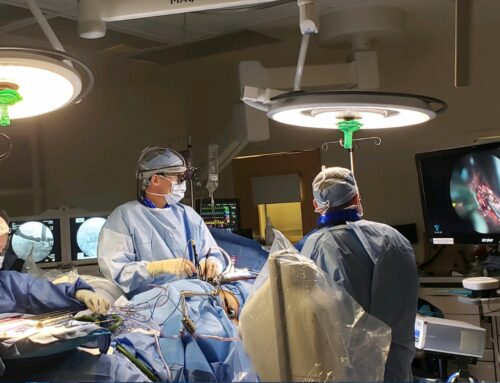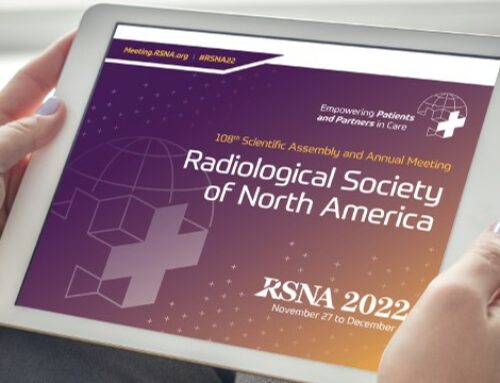By: Jeffrey Blair, President at Laurel Bridge Software |
Artificial intelligence (AI) algorithms hold great potential for augmenting diagnostic imaging workflow. However, their value can only be achieved by seamlessly integrating into the existing infrastructure, applications, and workflow processes of radiologists, referring physicians, and other clinical decision makers.
Because AI algorithms individually address unique and focused use cases, they may need to be integrated at any point along the imaging chain – within individual modalities, workflow engines, or PACS – and present results using a myriad of different mechanisms. Considering the vast and growing number of AI algorithms available, what may initially seem simple can quickly become a complex integration challenge that can negatively affect existing clinical image workflows.
To harness the benefits of AI in medical imaging, those involved in their development must address the many challenges associated with deploying, integrating, and implementing AI in clinical workflow.
Common Medical Imaging AI Workflow Challenges:
Regardless of how AI algorithms are deployed, there are some common challenges that exist with integrating into medical imaging workflow. To ensure maximum value is realized, it is essential that AI augment and enhance workflow. Unfortunately, in many cases a lack of interoperability and proprietary integration requirements have resulted in several cumbersome processes across the imaging chain.
The following is a summary of some of the common workflow challenges that should be addressed during the implementation of an AI algorithm.
Automating AI Workflow
The first challenge is determining when an AI algorithm is to be run. Because pricing is often based on a per-study model, healthcare organizations can sometimes be selective when deciding which cases are sent for analysis. Automating the process of sending new (and historical) studies should be automated to avoid adding manual steps that can distract the technologist and introduce the potential for human error.
Supporting Real-Time Analysis
Algorithms that perform real-time analysis to proactively identify urgent clinical conditions have unique performance challenges because they typically drive clinical decision-making. To ensure maximum value of such AI algorithms, it is essential that relevant studies are routed to the AI server and results are delivered to the workflow manager in a timely fashion. Any delays in this process could have a very serious negative impact on clinical outcomes.
Accessing Relevant Priors
For algorithms that quantify disease progression, prior relevant images or reports must be provided for analysis and comparison alongside newly acquired studies. However, data content and formats are highly variable and may reside in imaging silos that cannot be easily or efficiently integrated. Where applicable, automated processes should be developed using workflow tools that can be programmed to automatically identify, anonymize, and move clinically relevant priors to the AI algorithms.
Adapting to AI and Machine Leaning (ML) Nuances
Balancing the needs and requirements of AI and ML workflows calls for an adaptive approach to data collection and results delivery. AI algorithm integrations are typically bi-directional. Data is sent from its source to the AI server for analysis, and then results are sent back to one or more clinical systems for integration into the diagnostic interpretation workflow and patient record. Conversely, ML typically requires a unidirectional interface that supports real-time data collection and continuous algorithm development.
Results Delivery
AI results are delivered in a variety of formats – many of which may not be natively supported or understood by clinical IT systems. This is especially true in multi-vendor environments where AI, modality, and PACS vendors differ. In this case, workflow for the radiologist becomes fragmented. As well, additional steps are sometimes required to search for and view AI images or reports, sometimes in a separate application or viewer. This results in additional effort on the part of the radiologist, and risks increasing, rather than optimizing, turnaround times.
Automating Billing
There are an increasing number of AI algorithms that qualify for reimbursement. Unfortunately, many AI workflows are not integrated into automated billing workflows. This may result in manual workflows and additional cost due to the associated human effort or missed revenue because billing was never performed. In either case, the overall return-on-investment for AI is diminished.
Tools to Ensure Medical Imaging AI Value is Realized
The above workflow challenges that exist in medical imaging highlight the need for flexible workflow orchestration tools that:
- Facilitate the seamless integration of diverse AI algorithms into the enterprise imaging ecosystem.
- Automate and optimize workflow.
- Achieve successful adoption by technologists, radiologists, and other clinicians.
The following types of workflow tools can help achieve the maximum clinical, operational, and financial value from imaging AI:
Secure, Encrypted Communications
The first hurdle to be overcome in any AI deployment is ensuring secure connections between imaging and AI systems across the enterprise can be established. Workflow tools that enable encrypted communication within and across networks without the need for dedicated VPNs are an ideal solution to ensure simple yet secure AI integration.
Privacy and HIPAA Compliance
This is particularly important in cloud-based deployment models. Ensuring HIPAA privacy and security compliance when patient data is sent outside the host environment requires workflow and auditing tools that can reliably de-identify, re-identify and track patient data. It is important to ensure unauthorized changes to the data do not occur and that the data does not fall into the hands of unauthorized parties.
Data Normalization
To realize the full potential of AI algorithms at the enterprise level data, management tools that adapt to the distinct needs of each system in the imaging chain are required. Tools are needed to automatically re-structure DICOM fields, including disposition of private DICOM tags, standardization of attributes, and application of compression to facilitate efficient transmission and communication across enterprise systems.
Flexible & Reliable Routing
Ensuring imaging studies are provided to EHRs, RISs, workflow managers, PACS, and VNAs in a complete, understandable, and timely manner is vital and calls for sophisticated solutions that: a) Automate the discovery, retrieval, and normalization of new exams and associated relevant priors from across the enterprise and b) Manage the distribution and translation of AI results to downstream systems. These tools may also be required to ensure AI results are not sent to outside stakeholders such as referring physicians or patients.
EHR and Billing
To maximize reimbursement potential associated with the generation and utilization of AI results, it is essential that medical imaging AI be effectively integrated into ordering and billing workflows. This requires an encounters-based approach that automates the generation of HL7 messages whenever a qualifying AI algorithm is run to trigger billing events in the RIS or EHR.
Achieving Success Now and in the Future
AI will play an increasingly important role in medical imaging. As new use cases emerge, imaging workflow must adapt to accommodate shifting data requirements and reading patterns. Powerful workflow tools that address the interoperability challenges and automate workflow between AI applications and clinical IT systems are required to ensure that current and future algorithms can be quickly and effectively integrated into diagnostic interpretation and treatment processes.




